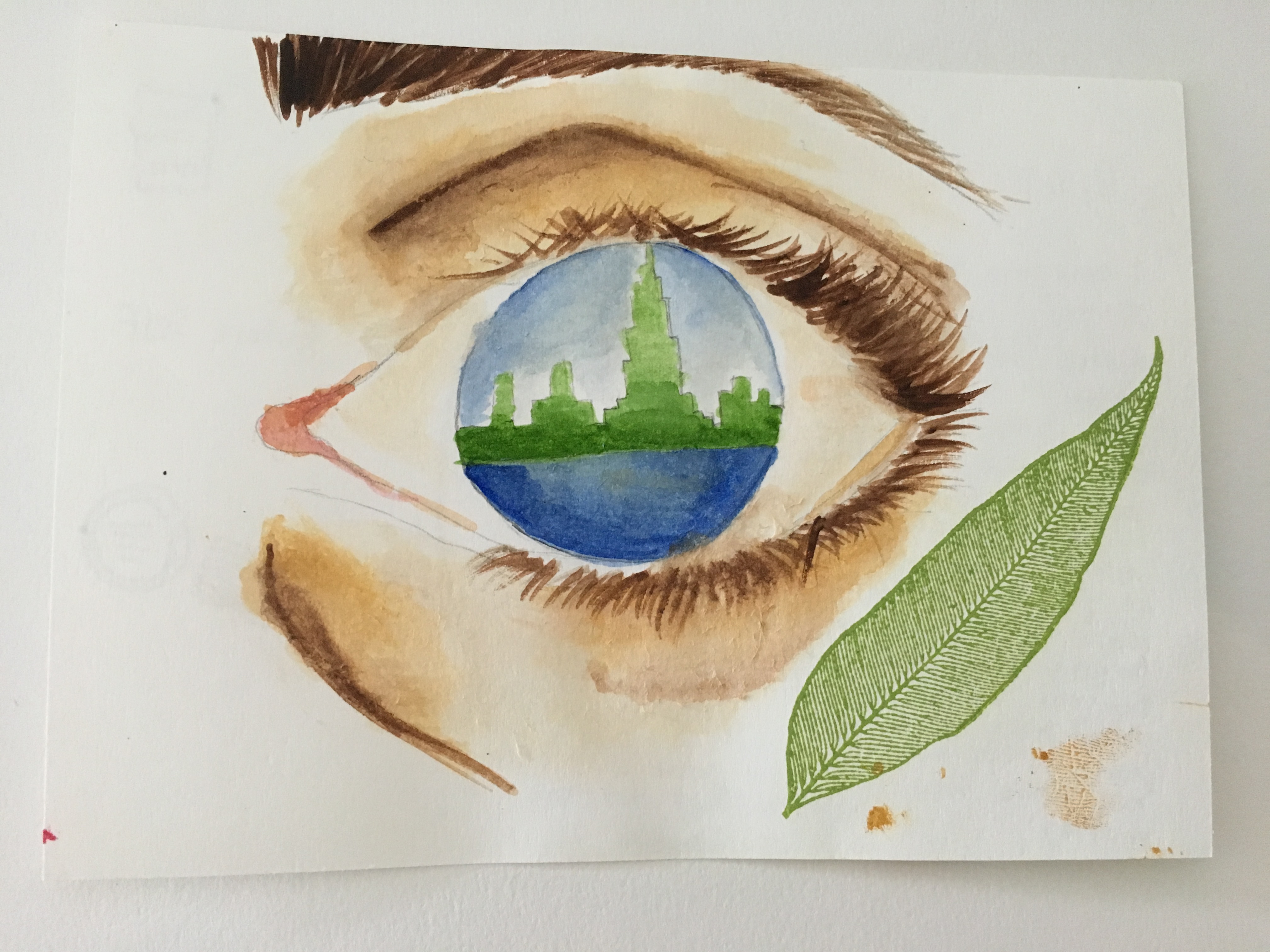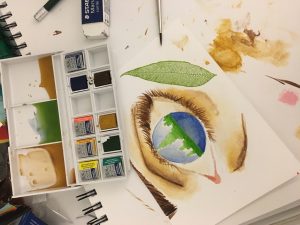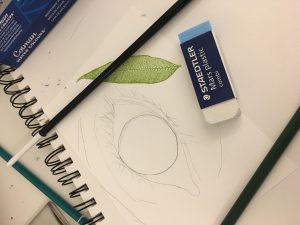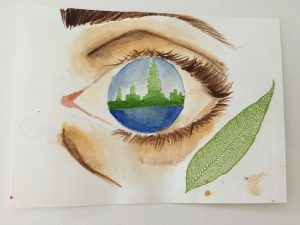Dubai, U.A.E is situated in the Middle East, and it has three main ecosystems: desert,mountainous, coastal and marine ecosystems. Being so close to the equator, the climate surrounding the region is affected by a lot of heat, scarce precipitation and various wind patterns and movements from the neighboring countries and continents. With global warming on the rise, and Dubai trying to constantly become one of the most rapidly rising cities in the world in terms of infrastructure, economy and tourism, each quality has its pros and cons. Everything that comes along with being a metropolitan city has serious issues to tackle, but the most concerning one is that the region is subjected to very little rain, and as I mentioned before, this has led to actions been taken by the country and all its emirates with cloud seeding being one of them. Cloud Seeding “is a process of applying chemicals such as dry ice or silver iodide to clouds to stimulate precipitation, thereby creating rainfall. This is done by creating ice crystals from cloud droplets in a super-cooled state.The chemicals are dispersed using light aircraft fitted with flares that distribute the chemicals over clouds. The cloud droplets react with the chemical and form ice crystals that are too heavy to stay suspended in the air; they then melt and fall, creating rain.” Some regions have become unlivable and are reducing growing areas for agriculture. Along time, Dubai will have to be a part of the change for climate change, and according to this article cited below, it is taking charge for the impacts that may be caused along time. “Dubai joined the world’s C40 Cities Climate Leadership Group in 2015, becoming part of an elite group of the world’s cities committed to fighting climate change. This is a recognition of the city’s advanced role in environmental protection” To make this happen, the city has “launched many green programmes and initiatives, including Dubai’s Carbon Abatement Strategy to reduce carbon emissions by 16% by 2021; the Dubai Clean Energy Strategy 2050 to ensure 75% of Dubai’s energy from clean energy sources by 2050; and the Demand Side Management Strategy, to reduce energy and water demand by 30% by 2030,” said HE Saeed Mohammed Al Tayer, Vice Chairman of Dubai Supreme Council of Energy. Rising temperature can put pressure on various aspects of a city and altogether a country, and so it is every developed country or city’s job to make an effort if they plan on making changes for the future of their growth and economy.
Bibliography:




